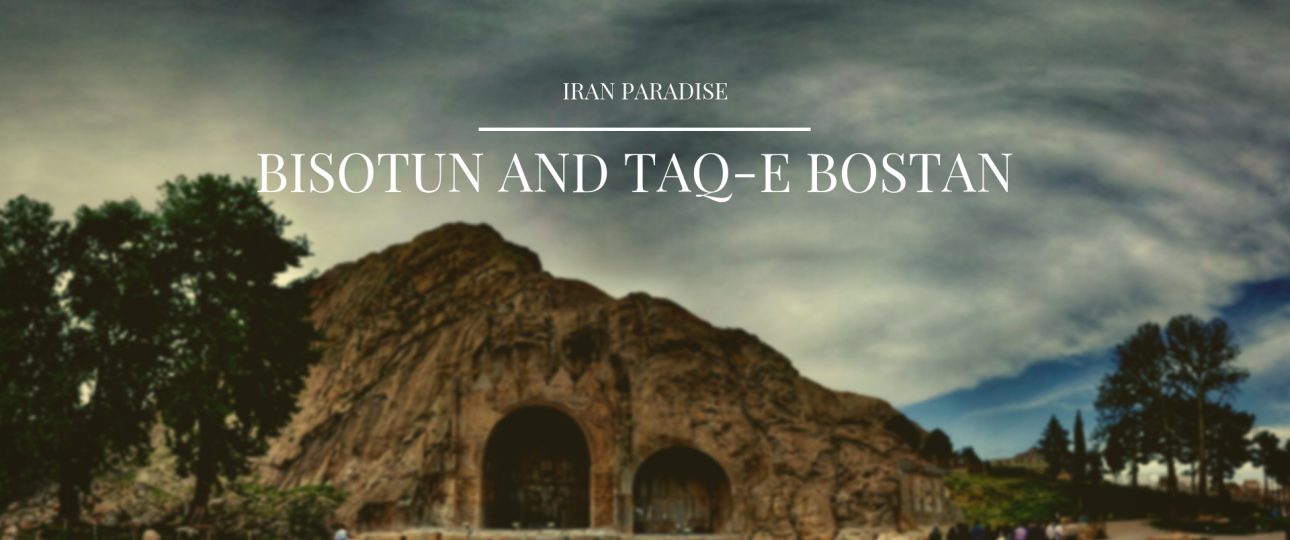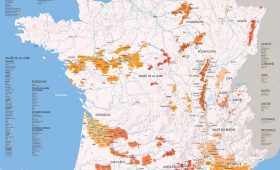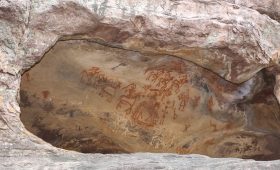Exploring Bisotun: A Blend of History and Nature
Bisotun, located in Iran’s Kermanshah Province, offers a fascinating mix of natural beauty and historical depth. The site is dominated by the imposing Bisotun Mountain, a geological marvel with sedimentary rock layers that date back millions of years. But the true highlight here is the Bisotun Inscription, a UNESCO World Heritage Site. This ancient carving, created by the Achaemenid king Darius the Great, chronicles his victories and reign. Standing before this monumental piece of history, you can’t help but feel a deep connection to the past.
For those who enjoy hiking, ascending Bisotun Mountain is a rewarding experience. The summit provides panoramic views of rolling hills, lush valleys, and the Gamasab River. It’s a challenging climb, so bring water and wear sturdy shoes. The effort is well worth it for the breathtaking vistas.
Getting There
Bisotun is accessible from Kermanshah, a major city with good air and road connections to other parts of Iran. From Kermanshah, a taxi or local bus can take you to Bisotun in about 45 minutes. The drive itself offers a scenic introduction to the region’s beauty.
Local Transportation
Once at Bisotun, exploring on foot is the best option. The trails are well-marked, and local guides can provide insights into the site’s historical significance. Be prepared for a physically demanding hike, and ensure you have enough water.
Best Time to Visit
Visit Bisotun in spring or autumn when the weather is mild. Summer can be uncomfortably hot, and winter may bring heavy snowfall, making trails difficult to navigate.
Discovering Taq-e Bostan: A Window into Sasanian Art
Just 5 kilometers from Kermanshah, Taq-e Bostan is a remarkable site featuring large rock reliefs from the Sasanian era, carved around the 4th century CE. These reliefs, some of the finest examples of Persian sculpture, depict the investitures of Ardashir II and Shapur III. The site is set against the backdrop of the Zagros Mountains and was strategically chosen along a historic Silk Road route.
The reliefs are adjacent to sacred springs that feed a large reflecting pool, adding to the site’s serene atmosphere. As you explore, you’ll notice the intricate details that highlight the Sasanian emphasis on power, religious themes, and courtly grandeur.
Getting There
Taq-e Bostan is a short drive from Kermanshah, making it easily accessible. From Bisotun, you can reach Taq-e Bostan by taxi or local bus in about 30 minutes. The journey offers a pleasant view of the countryside.
Local Transportation
Walking is the best way to explore Taq-e Bostan. The pathways are well-maintained, and informative signs provide context for each monument. Take your time to appreciate the artistry and history surrounding you.
Best Time to Visit
Spring and autumn are ideal for visiting Taq-e Bostan. The weather is comfortable, allowing you to fully enjoy the site. Summer heat can be oppressive, and winter may bring cold temperatures and occasional snow.
Both Bisotun and Taq-e Bostan offer unique insights into Iran’s rich history and natural beauty. While the sites are accessible, be prepared for physical activity and plan your visit according to the weather for the best experience.




